Trophy Designs That Capture the Spirit of Achievement
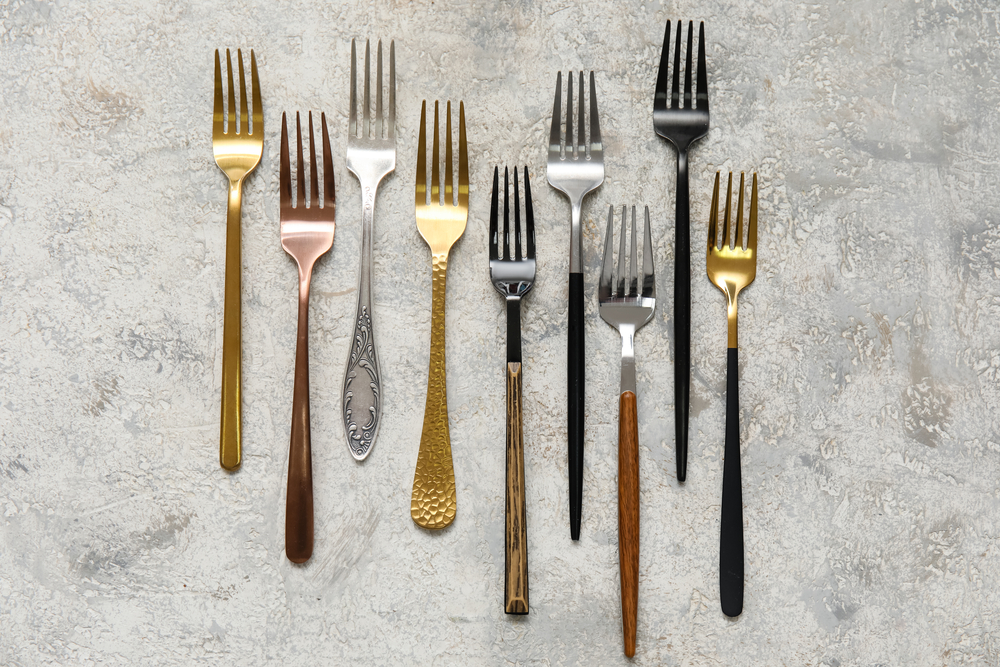
If you’ve ever been setting the table for a formal event and you’ve wondered how you should arrange all the different types of forks correctly, and what they’re even each for–you’ve come to the right place. Throughout this guide, we’ll walk you through the main types of forks you should know about, how to identify them, and what they should be used for.
Dinner Fork
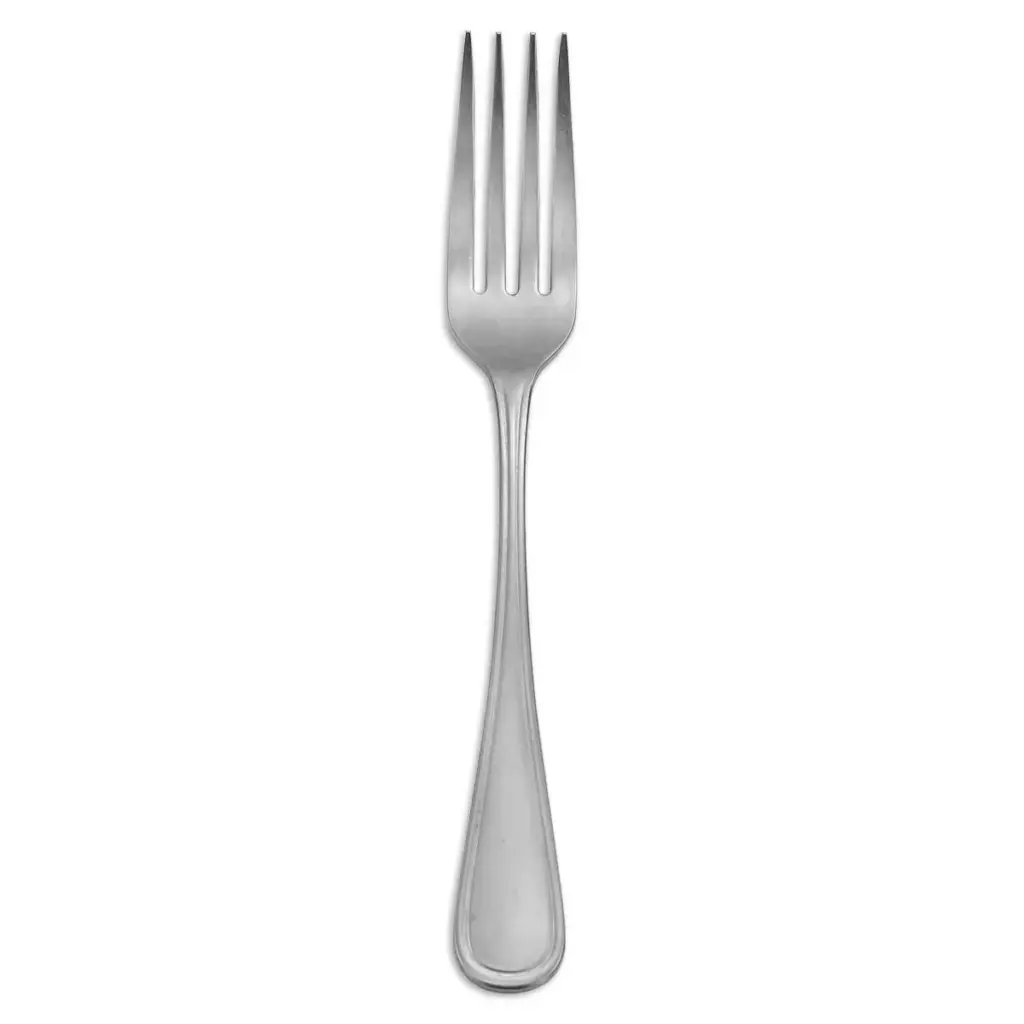
The dinner fork is the most common type of fork that you’ll find. Dinner forks tend to be larger in size and have four tines, making them the sturdiest fork out of all the other options. These are mostly used for main course dishes, like pasta, meat, or fish.
In a place setting, the dinner fork should be the first fork placed immediately to the left of the plate, which typically makes it easy to identify among all the other cutlery on the table.
Salad Fork
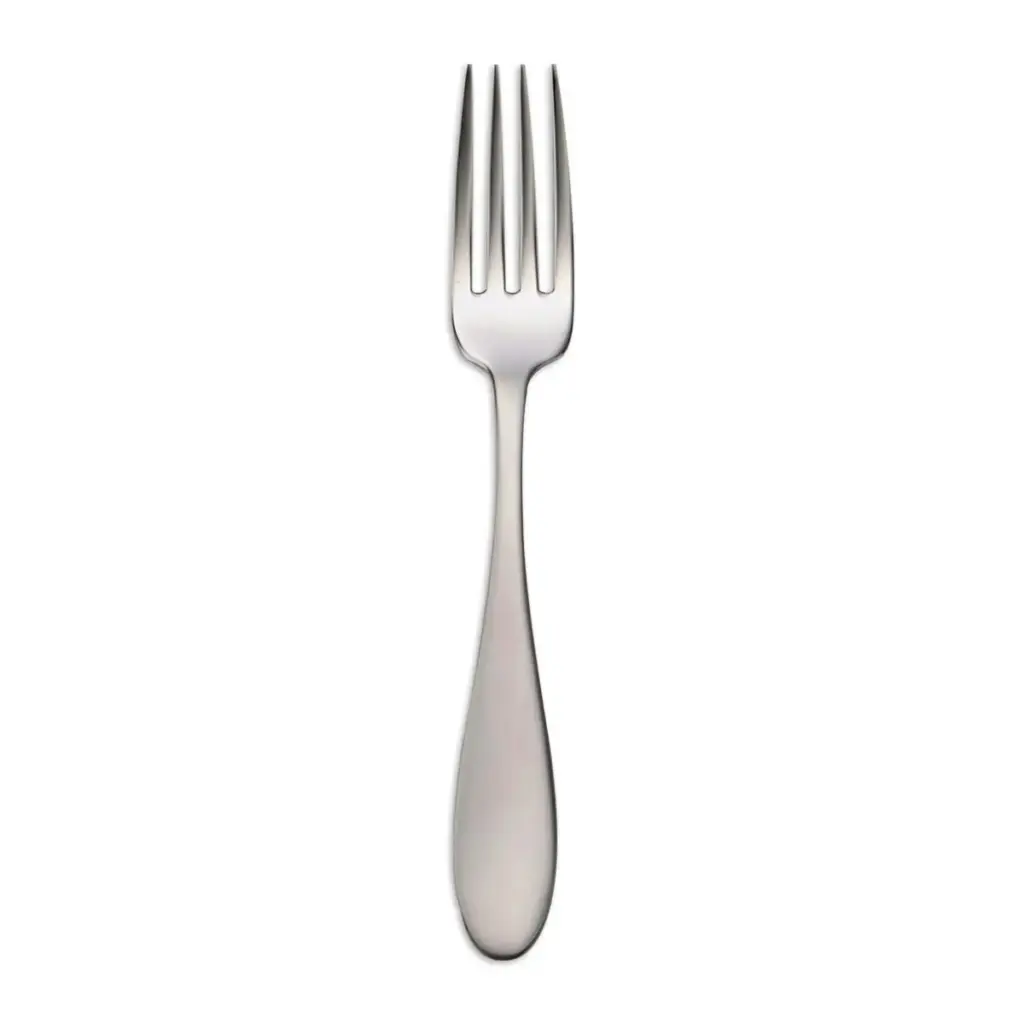
The salad fork will look very similar to the dinner fork, but will typically be a smaller size for smaller bite sizes. They normally have three or four tines, and as the name might suggest, these forks are used for the salad course of a meal, along with other appetizers.
You will find the salad fork to the left of the dinner fork, using the size difference to help you determine which fork is which.
Dessert Fork
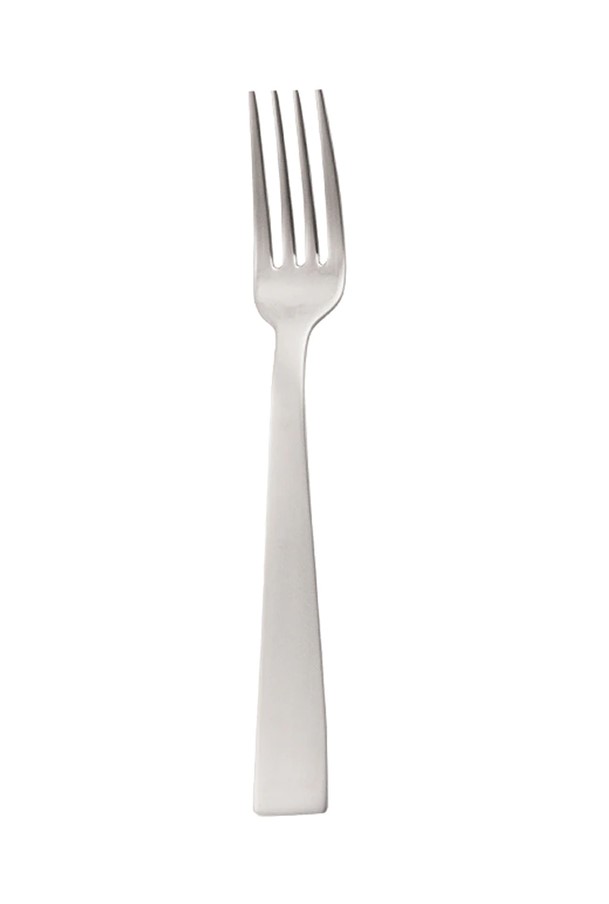
A dessert fork, sometimes called a cake fork, is reserved for the dessert portion of a meal. Like the salad fork, they are characterized by their smaller size compared to the dinner fork, though they also tend to have three or four tines.
The way to distinguish between a salad fork and a dessert fork is that dessert forks tend to have a more broad and curved shape to the tines rather than lying flat. This allows for easy dining on cakes, pies, and other pastries at the end of a meal. You will find the dessert fork, sometimes accompanied by the dessert spoon, placed horizontally above the plate.
Fish Fork
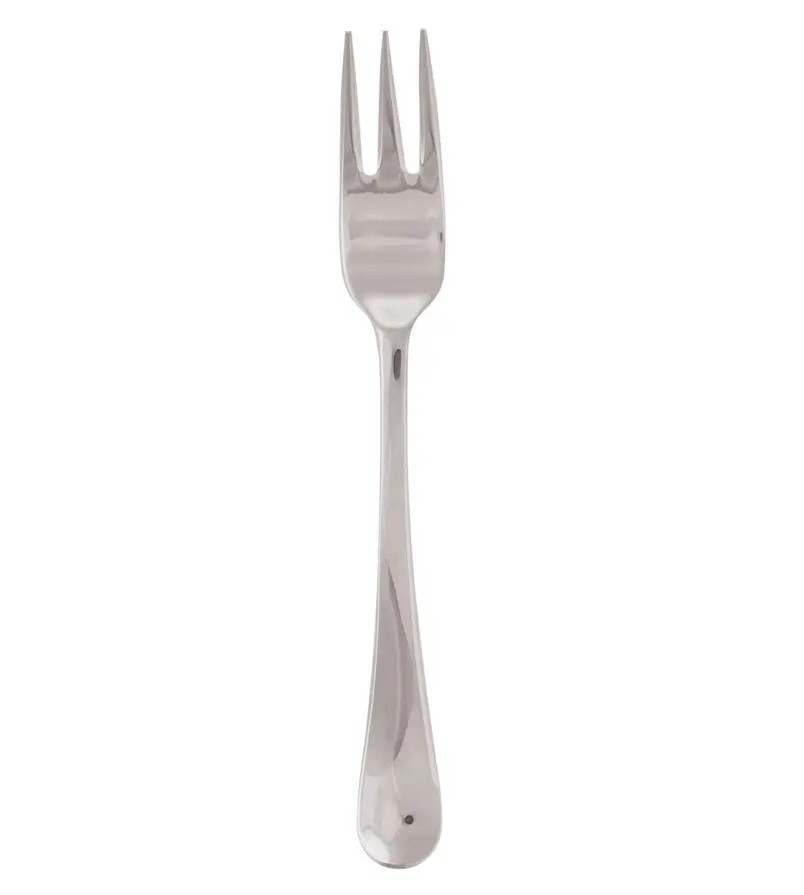
The fish fork, or oyster fork, has a different look compared to the other forks we have discussed so far. They are much more narrow and longer, and typically only have three tines, but some have four. Fish forks are typically used for formal events, and will be placed in between the salad fork and the dinner fork.
As you might be able to gather from the name, these forks are designed for eating fish dishes, helping to aid diners to eat delicate fish dishes with ease. In some cases, these forks will also be paired with a fish knife.
Serving Fork
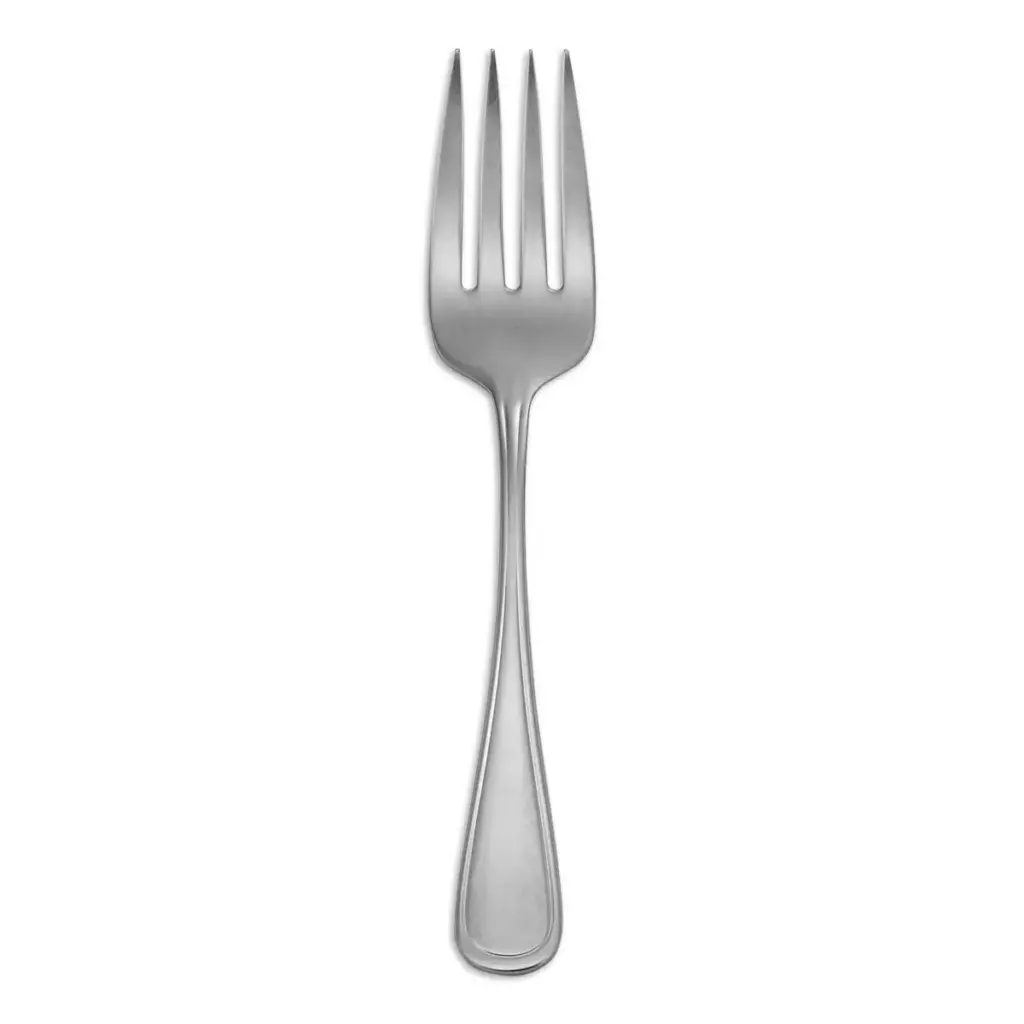
Unlike the other forks on this list, the serving fork typically isn’t something you’ll find at individual place settings, though you will find them on the table of a formal meal. They are the only fork that is larger than the dinner fork, and most have two to four tines. Serving forks are used to serve both main and side dishes, and will likely be placed near these items on the table.